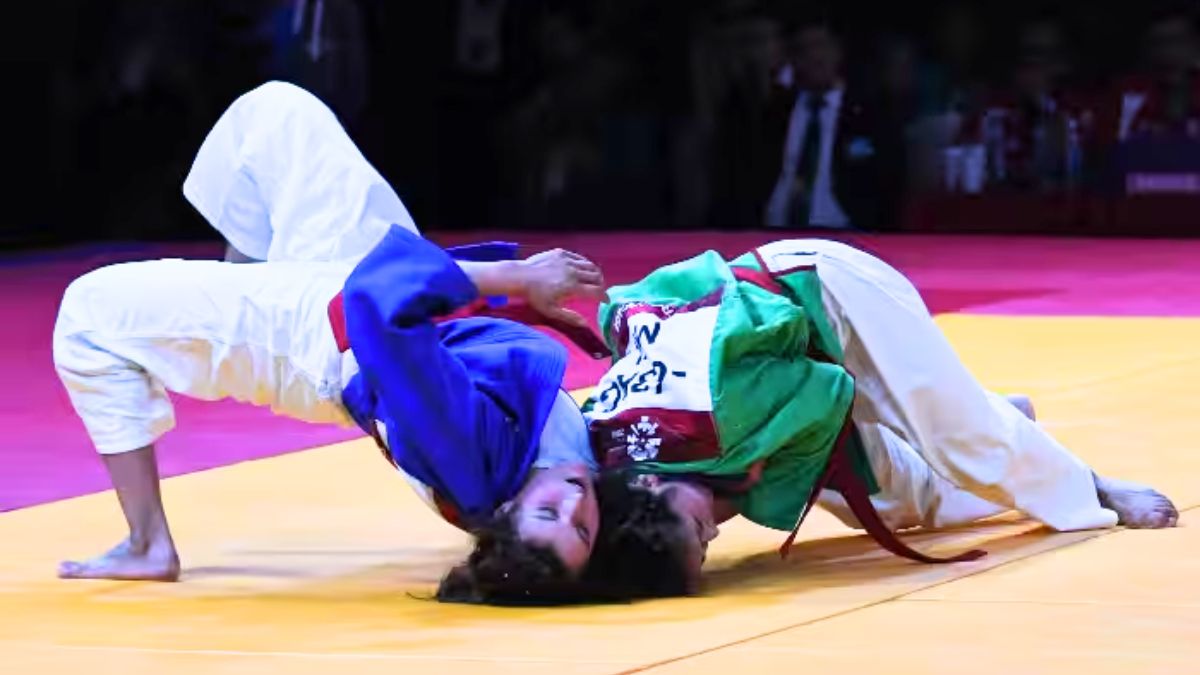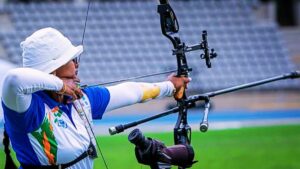The Kurash team’s history at the Asian Games is one of cultural preservation, athletic prowess, and global recognition. The traditional wrestling technique of Central Asia known as Kurash has made its way into the Asian Games and has come to represent the region’s rich history and physical excellence.
Also Read: History of Taekwondo at Asian Games
In 1994, during the 12th Asian Games held in Hiroshima, Japan, Kurash made its debut. For Central Asian countries, this participation marked a crucial turning point because it gave them a chance to present their traditional wrestling style on a global scale.
Men’s and women’s events are included in the Kurash competitions at the Asian Games, demonstrating the sport’s inclusivity for all genders. Kurash has grown in popularity and attracted athletes from many Asian nations over the years to the Asian Games.
The goal of the violent grappling matches between competitors is to pin or throw their opponents to the ground. Strength, strategy, and agility are highlighted in the sport, which makes it an enthralling spectacle for onlookers.
Between Central Asian traditions and the larger Asian sporting community, Kurash has acted as a bridge. The sport offers a distinctive cultural experience for both participants and viewers since athletes dress traditionally for contests and because it frequently incorporates traditional music and customs. It now serves as a representation of the Central Asian region’s rich history and identity.
The reputation of kurash as a valued sport within the Asian Games has grown as the competition has developed. Kurash athletes that succeed have earned attention and support from their respective countries as well as being advocates for Central Asian culture.
This acknowledgment has raised the sport’s prominence and helped it become more well-known both inside and outside of Asia. In conclusion, Kurash wrestling has a long history at the Asian Games, which is evidence of its ongoing cultural relevance and sporting prowess.
Since its introduction in 1994, Kurash has grown to be an essential component of the Asian Games, developing sportsmanship, facilitating cultural interaction, and honoring the rich history of Central Asia.






